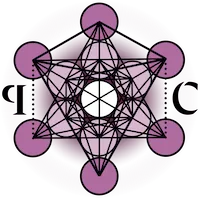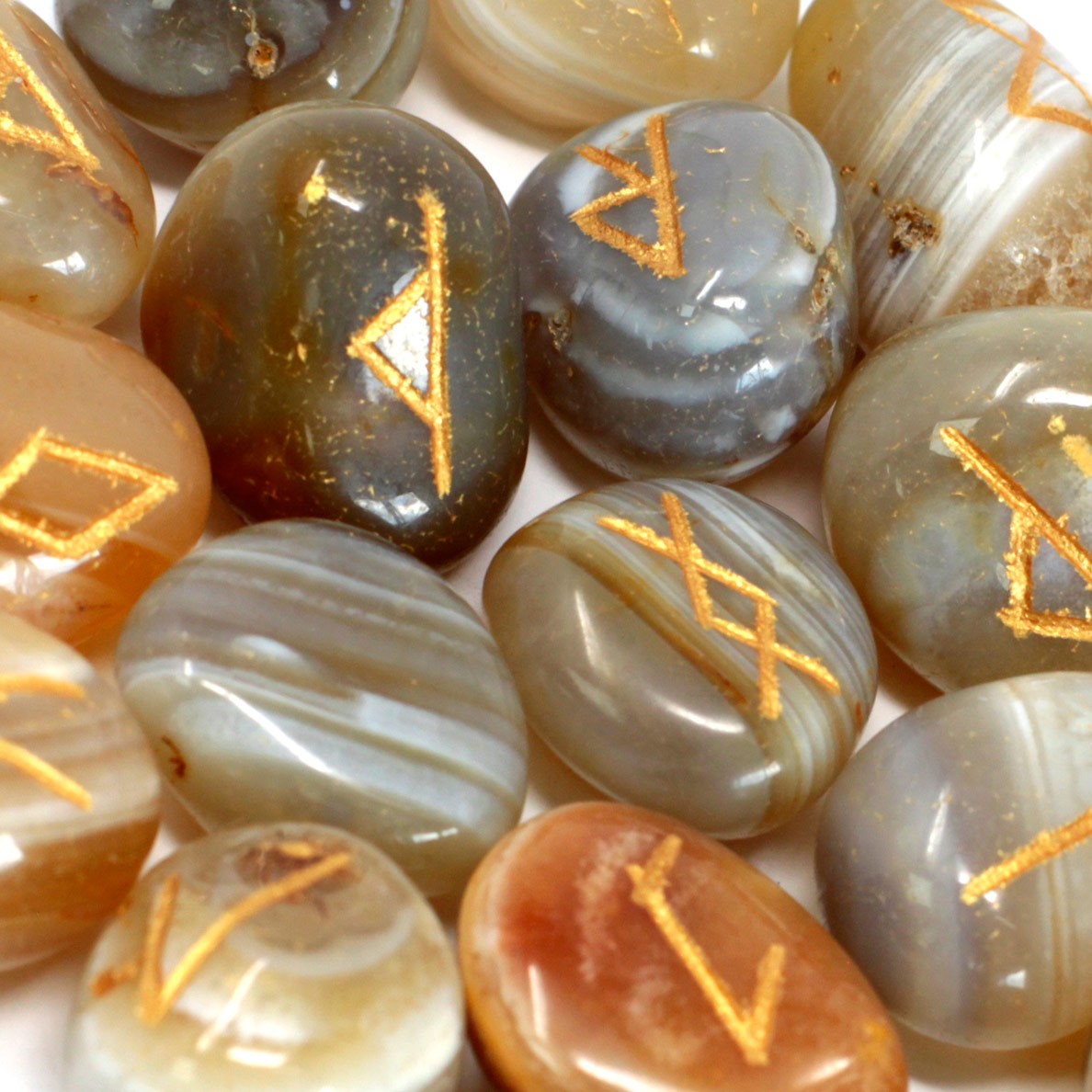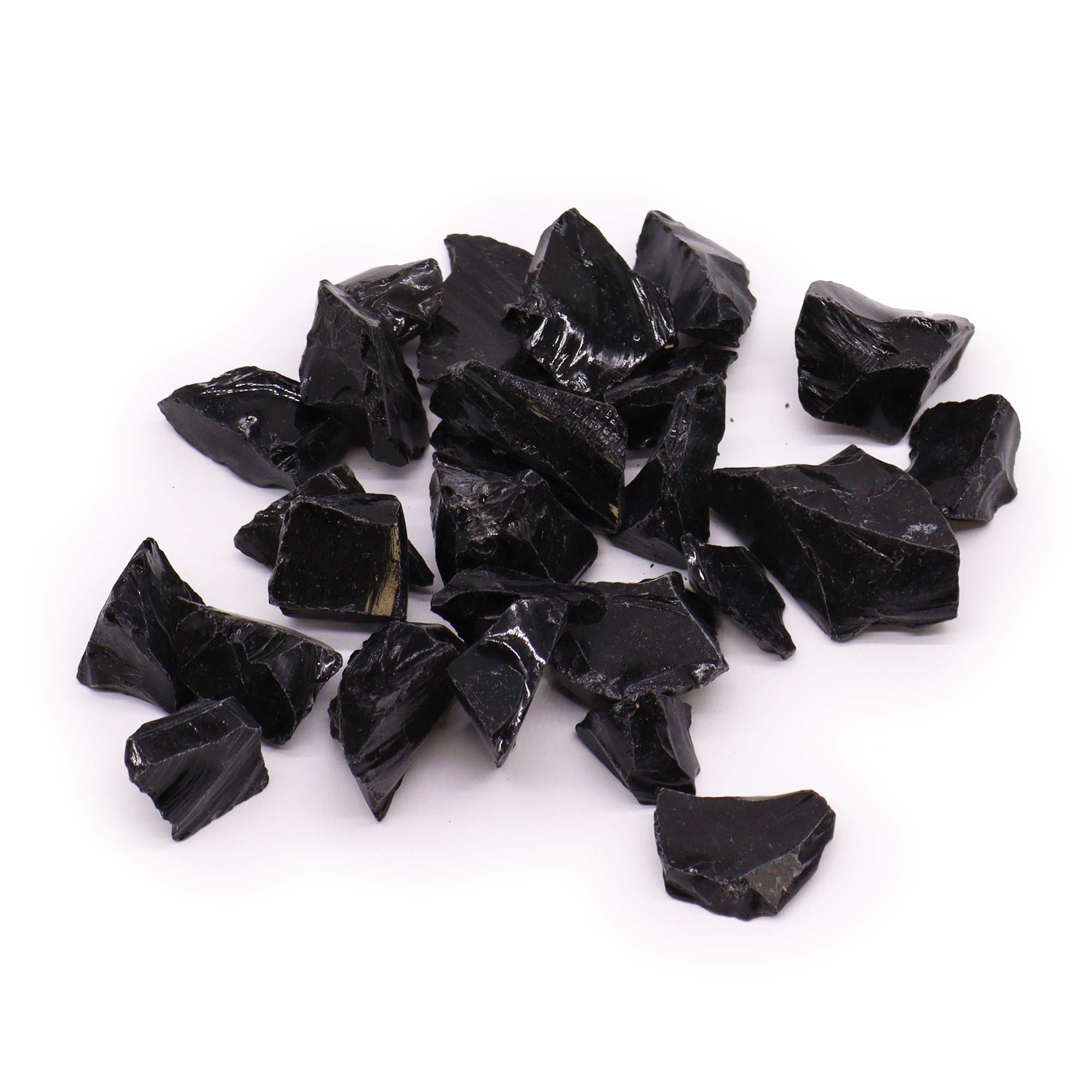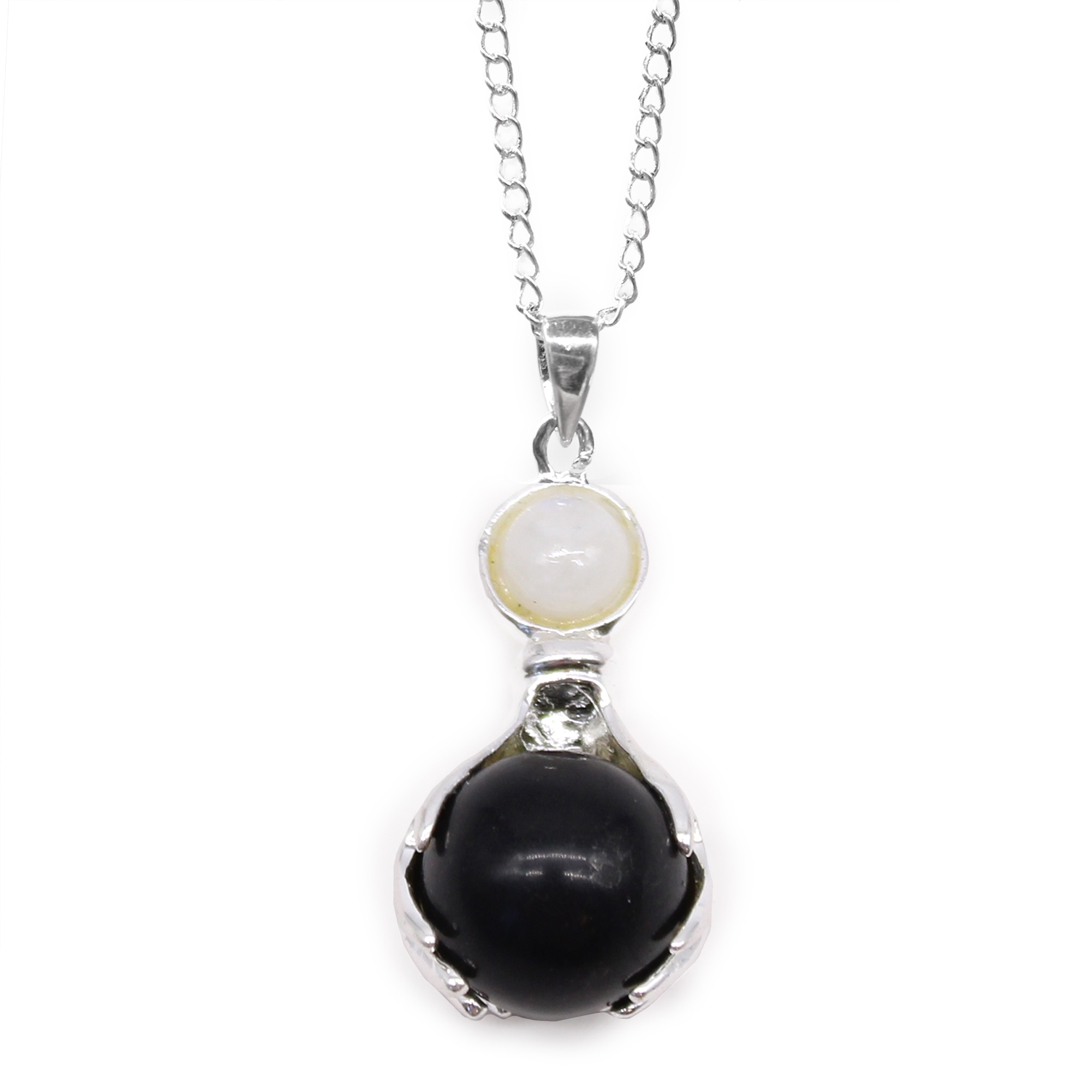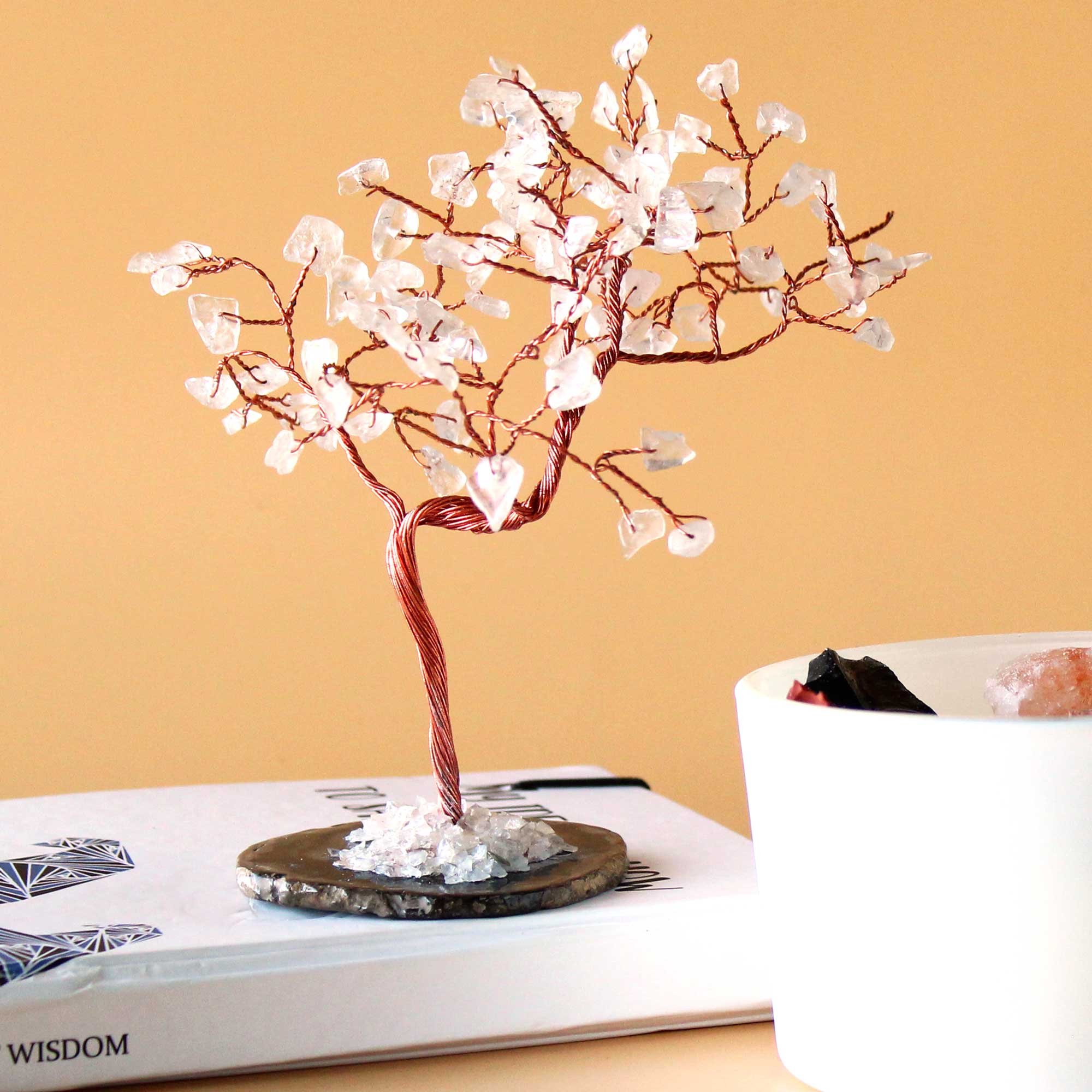We use essential cookies to make our site work and improve user experience. Cookies can be deleted in your internet browser settings after using the website and will not impact future use. By clicking “Accept”, you agree to our website’s cookie use as described in our Cookie Policy.
Formula
SiO2
Colour
Multi, banded
Mineral Group
Chalcedony, cryptocrystalline
Diaphaneity
Translucent
Crystal System
Trigonal, Monoclinic
Lustre
Vitreous (Glassy)
Hardness (Mohs)
6.5 - 7
Chakra
Heart, Sacral, Root
Specific Gravity (kg/cm3)
2.58 – 2.64
Numerical vibration
7
History
Agate gets its name from the Achates River, which is now known as the Dirillo River. The Greek philosopher Theophrastus discovered Agate sometime between the 3rd and 4th century BC. Agates have been seen in the artifacts of ancient Egypt and India, and even dating back to the Neolithic period. Agate amulets were used to fight and throb malevolent spirits. Its fragments were also used to cure injuries and venomous bites. The stone also brought calmness in the storm and conquest in battle. Many of these stones which have been found in ancient sites are carved into cabochons with eye-like shapes; these are now believed to be protective talismans. Bead necklaces with pierced and polished agate date back to the 3rd millennium BC in the Indus Valley civilization.
Science & Origin
Agate is a variegated variety with alternating layers of chalcedony and opal, or granular cryptocrystalline quartz. They are formed in cavities filled in with silica-rich fluids from the volcanic material, layers are deposited on the walls of the cavity slowly working their way inwards. The variations of the solution and the conditions of deposition result in bands of layers of chalcedony alternating with layers of crystalline quartz forming the agate. Agates have also been found in cavities of sedimentary rocks, normally in limestone or dolomite. The different colours are usually in delicate, fine parallel bands which are commonly curved, in some specimens concentric.
Some agates have different colours not arranged in bands but irregularly distributed. Moss agate is a variety in which the colour variation is due to visible impurities, often manganese oxide in moss-like patterns. Wood that has been petrified by clouded agate is known as silicified or agatized wood. Further forms of Agate include Eye Agate, Bullseye Agate, Blue Lace Agate, Grape Agate, Botswana Agate, Flower Agate, Tree Agate, Crazy Lace Agate, Dendritic Agate, Orca Agate, Iris Agate.
Healing Properties & Benefits
Although the healing properties and benefits of Agate vary depending on the specific type of Agate, in general, all types of agate harmonize the positive and negative while also balancing yin and yang energies. By improving one’s equilibrium, this stone helps the user to see both themselves and their circumstances clearly. This clarity illuminates anything that interferes with one’s well-being so that it can be released through a slow and steady healing process.
Also serving as a stone of safety and protection, Agate guards against dangers and grants strength and stamina. It safeguards the user by returning negative energy and ill intentions back to their sources.
Agate improves mental and emotional clarity, increases energy, and helps to stabilize the metabolism, even lending aid to conditions such as ulcers. These qualities can not only activate the wearer’s creative flow but also maintain it for extended periods. Agates also enhance analytical abilities and concentration, making them useful for those who are in school or those who are in the process of learning new skills.
Several variations of Agate can help to relieve physical, mental, and emotional sexual dysfunction, thereby offering peace of mind and deeper acceptance of one’s sexuality. Agates are also commonly used by those who struggle with reproductive or menstrual problems.
Agate crystals serve to support lymphatic release and drainage, releasing toxins to be flushed from the body. They are even said to oxygenate the brain and circulatory system, ease brain disorders, and enhance overall well-being.
Many varieties vibrate on a lower frequency therefore it is a great grounding gemstone.
Key benefits
Grounding, creativity, concentration, detox, physical, mental emotional sexual dysfunction, ulcers
